John Hurrell – 28 October, 2016
This is indeed a clever title, combining the paired double X sex chromosomes of the female human with the X-Factor, that mysterious variable that - in a new context - makes certain women very special. So the obvious question is, do the ten women here have it, that quality, as artists - ignoring spurious red herrings like sexual attractiveness (physical presence) or charisma (personality).
The XX Factor is indeed a clever title, combining the paired double X sex chromosomes of the female human with the X-Factor, that mysterious variable that - in a new context - makes certain women very special. So the obvious question is, do the ten women here have it, that quality, as artists - ignoring spurious red herrings like sexual attractiveness (physical presence) or charisma (personality). It’s quite a line up: Marina Abramovic, Patti Smith, Carolee Schneemann and Pilar Albarracín alongside Kiwis Alexis Hunter, Ann Shelton, Marie Shannon, Julia Morison, Christine Webster and Heather Straka.
Possibly the most interesting works are the earliest ones - photographs, films and video performance documentation - taken in the sixties and seventies.
Carolee Schneemann is legendary because of Interior Scroll (1975), a performance work where she slowly removed a tightly wound paper scroll from her vagina and read it to her audience. The film here, Fuses (1964-66), 16 mm transferred to video, shows fragmented snippets of her making love with her then boyfriend James Tenney, spliced in with images of the domestic interior, her cat on the window ledge, and frames of burnt, stained, painted and drawn-on film. The sexual content is explicit, but with all the varied overlapping ingredients it has a vitalistic elemental quality very different from pornography. Nearly 30 minutes long, it is an extraordinary movie that still seems amazingly fresh and energetic today.
Alexis Hunter’s contribution is two 1974 black and white photographs of bare-chested construction site workers in New York, images that she used for the large six panelled oil painting now in the collection of Auckland Art Gallery Toi o Tamaki. This pioneering work is about heterosexual female horniness, a conceptual painting that radically forced the issue of the female gaze, that spotlighted women’s lust as a subject worthy of conversation, that celebrated active not passive women. Despite the fact these images are about an earthy desire, there is much subtextual humour as well. The leather-trousered man holding a burning cigarette in close proximity to his genitals - now that is hardly coincidental.
Freeing the Memory, a documented performance from Marina Abramovic (made in 1975, six years before she and Ulay came to Christchurch in 1981 to do a work in ANZART) shows a stream of consciousness soliloquy where she calls out words in Croatian and English. The vocabulary is random only to a degree, because she is free associating, and one word often quickly leads to another via content or shape.
Trish Clark’s selection now jumps twenty-five years to Julia Morison‘s contribution to the Auckland Public Private /Tumatanui Tumataiti Triennial put together by Ngahiraka Mason and Ewen McDonald. Working on thin paper from the pages of old Bibles with ink and pastel, Morison made (over the turn of the millennium) complex ‘Rorschachs’ that alluded to internal leaf-like labia and vegetation-covered landscapes. Intensely private and intimate as contemplative vulvic studies, these unfolded and delicate washes partake in a linear vectorial drawing tradition that includes Pauline Rhodes and Gordon Matta-Clark.
Ann Shelton‘s c-type prints in this show are pretty amusing. One shows a reclining cat (Little Puss) - in this context a naughty pun - alongside an image of a carpark sign that declares ‘No Lot Lizards’ which seems to be aimed at loitering prostitutes. It is quite a nasty attack on streetwalkers, the standing silhouette giving them nightmarish reptilian attributes.
Patti Smith’s 2006 photograph of Robert Mapplethorpe’s 1968 handmade, stencilled, feathered and ribboned tambourine is an artwork made out of love, as are her later shots of his gold cross (2003) and her father’s tea cup (2004). Small and intimate, these images (particularly the later ones) are about the commonplace and ordinary, but fused with pangs of piquant memory and loss.
The video of Spanish artist, Pilar Albarracín, I will dance on your grave (2004), with its insistent flamenco rhythms, uses two sets of disembodied dancing feet to examine gender relations. Its stamping shoes demonstrate the competitive politics between two lovers, as each strives for domination over the other. The interaction between the gyrating male and female legs is endlessly engaging, while the fiery cadences have a lot in common with Miguel Angel Rios’s video Crudo, with its dancing man taunting a pack of dogs with whirling pieces of meat, and seen recently in Space to Dream.
Three ambiguous photographs from Christine Webster look similar in their histrionic theatricality to her early works of the eighties. Using swelling and arching bodies, bulbous clothing and swivelling chairs, her dramatically lit (but spatially ambiguous) images have a distopian feel and seem to allude to the possible horrors of medical examination and pregnancy.
Heather Straka‘s oil paintings (the only paintings here) of a young woman’s back look less ‘art historical’ and more ‘magazine illustration’ with their use of light and slightly flatter feel. The best of the three has the model expose a blue tattoo on the back of her shoulder, showing an eagle carrying an inverted struggling woman. (Perhaps it obliquely refers to the American elections.) The three configurations of heads of braided or wound/bobbed hair create a very interesting (fetishistic) set.
Marie Shannon presents an intriguing photograph of stacked American dollars, split into two lines and resting on a dark field. They might refer to the American economy, or they might allude (in the context of this show) to the disparity of wages between men and women, presenting here an equal distribution. Another recent image by Shannon is (like Shelton and Schneemann) a pussy joke, a pun on the diaphanous nature of curtains and underwear, as well as similarities between labia majora and the grubby borders of curtains.
A fascinating show with its sixties and seventies material especially - although perhaps a little out of step with the times, with ‘transgender’ being the current really hot topic of conversation - The XX Factor is a must see. It is a ‘Feminist inflected show’ rather than a ‘Feminist show’. Two days left.
John Hurrell
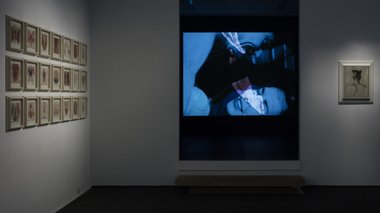
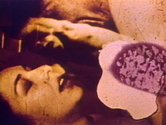
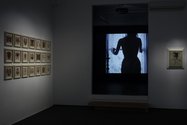
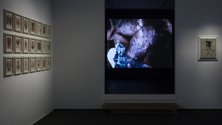
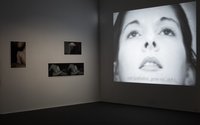
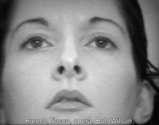
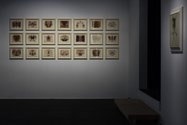
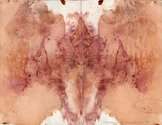


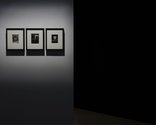
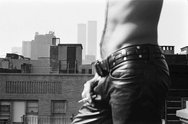
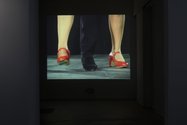
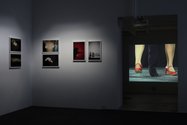
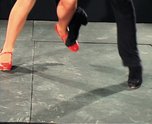
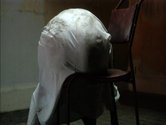

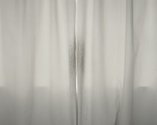
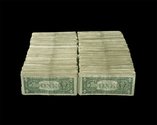
 Advertising in this column
Advertising in this column Two Rooms presents a program of residencies and projects
Two Rooms presents a program of residencies and projects



This Discussion has 0 comments.
Comment
Participate
Register to Participate.
Sign in
Sign in to an existing account.